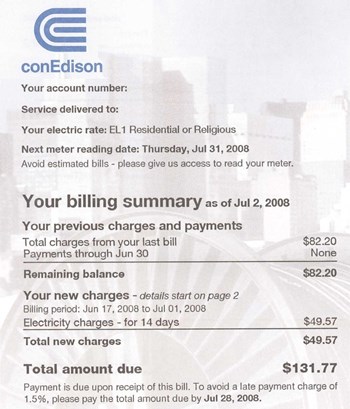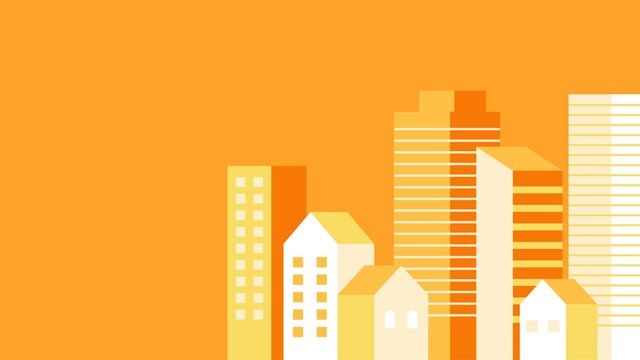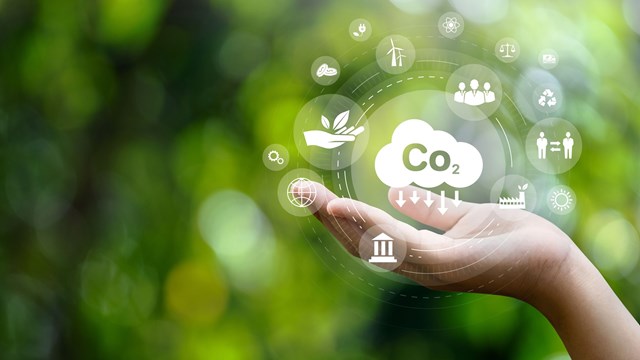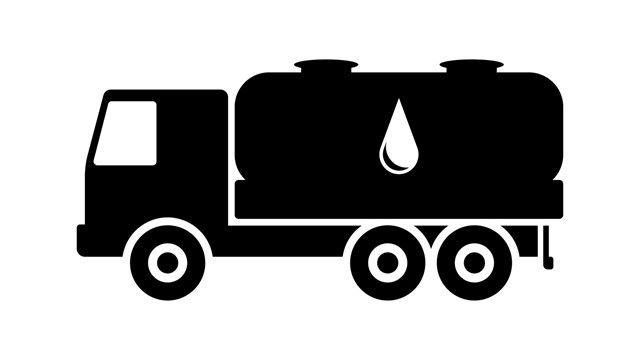
With the constant rise in energy costs, the use of “peak generating plants” and increased individual energy consumption, we are seeing a direct impact on our monthly electricity bill. According to Con Ed, July 2008 set a new record of 6.7 billion kilowatt hours, or approximately 350 kWh hours per customer. Going forward it will cost more and more to light, heat, cool, and live in our homes. What can we do to lower our bill, become more energy efficient in our homes and essentially become more “green”?
Rising energy costs are largely out of our control, but reducing energy consumption through conservation can offset these increasing costs and lower your energy bill. The most important step to conserving energy is to first understand the amount of energy you use and how you are being charged for it. Go and get your last few Con Edison bills to refer to as we go through how energy is used and charged. Con Ed’s electricity charges are divided into two parts; supply charges and delivery charges, with the details of each broken down on your bill. Don’t be afraid to call Con Ed to ask about rate increases or to clarify anything you don’t understand
I recently had cause to call them when my electricity bill increased by more than 50 Percent in just one month. According to the Con Ed customer representative, my increase was part of a 22 percent raise in energy costs from last year at this same time, normal augmented summer use (fans/AC), a jump in price of kilowatts per hour (kWh), and the $4.25 rise in delivery charges per household. All these factors are contributing to the fact that “total spending on both electricity and energy is at a record high,” according to Mark Zandi, chief economist at Economy.com.
Supply Charges
The supply charge is the cost for the energy you actually use. Electricity usage is measured by kilowatts per hour or kWh. One kWh will light a 100-watt bulb for 10 hours. Appliances list their respective wattage on them or use the US Department of Energy’s “Typical Wattages of Various Appliances,” found on their website, for average wattages and a formula to estimate energy consumption. Your kWh used multiplied by your rate constitutes your supply charges and are billed by an ESCO, (energy service company), who supplies electricity to customers. Traditionally, New Yorkers get electricity supplied and delivered by Con Ed, but you can choose to have another company supply your electricity.
The supply charge is also comprised of the merchant function charge, GRT (gross receipt tax) and other tax surcharges. The latter is basically a tax on a tax. The above combined with your usage makes up your total supply charges. The majority of supply charges are directly tied to usage, so as you conserve more energy you pay less.
Understanding who is supplying your energy, their rate and how much you are using will help focus potential conservation efforts. Lighting is one simple way to reduce energy consumption. According to the US Environmental Protection Agency, “Energy Star qualified bulbs use about 75 percent less energy than standard incandescent bulbs and last up to 10 times longer.” So first, turn off your lights when you are not using them, and second change your light bulbs to CFL’s. Also, using power strips to turn off appliances can save energy as units that are continually plugged in still use about 10 percent of its electricity as ‘ghost loads’. With new purchases buy energy star appliances. Further energy saving tips can be found at www.coned.com. These are just the basics, but experiment and make the effort to compare your bills each month to see how much you are saving. It’s all about being involved and in the know.
Delivery Charges
The second section of your Con Ed bill is comprised of the delivery charges. The delivery charges pays for the infrastructure and cost associated with delivering the energy to your home. This is charged by Con Ed no matter who your ESCO is and is broken down into service charges, delivery, SBC charge and GRT & other tax surcharges. The main savings on delivery charges are again directly related to energy consumption since the delivery and SBC charges are calculated based on kWh used per month. There are also potential delivery charge savings associated with switching ESCO’s as stated under the Basic service charge on your bill; “a billing and payment processing charge of ‘x’ amount may be avoided by switching to an energy service company, ESCO.” Last on the bill is the sales tax, which is set by New York State at 4 percent. If you use an ESCO the state will also lower the sales tax on the delivery portion of your bill; another way to lower costs.
Alternative Energy
Conserving energy is very important, but it is also important to know where the energy you are using is coming from. Con Ed has created a subsidiary, ConEdison Solutions that offers both Wind and Green power. Their Green Power is generated from regional wind (35 percent) and low-impact hydropower sources (65 percent run-of-the-river hydo). While their Wind Power is composed of electricity exclusively generated from 100% wind power. ConEd Solutions is just one option, there are many other ESCOs who provide “green power,” that can be found at www.poweryourway.com. Green power may cost a little more, add approximately 2.5 cents/kWh to your present kWh charge, but that increase can be more than offset by using your new found knowledge of your energy use to conserve more and choose an alternative energy ESCO that is right for you. Your money will also spur more demand and development of alternative energy, bringing prices down. In the end it is all about being conscious of what you use to conserve effectively, examining your bills in detail and getting informed about and switching to alternative energy options.
Sharon Brind is a volunteer at GreenHomeNYC, a New York City-based non-profit organization that encourages environmentally-sustainable construction.









7 Comments
Leave a Comment